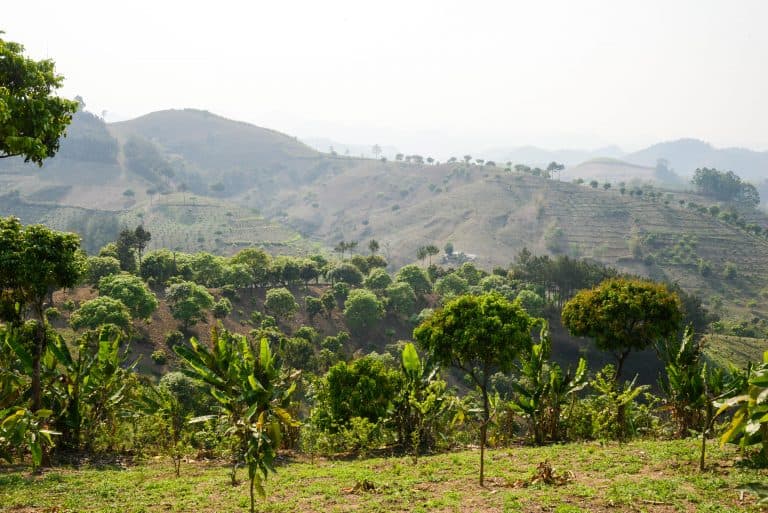MEDIA ADVISORY | ASEAN-Swiss partnership on social forestry: What has been achieved?
- From
-
Published on
27.02.20
- Impact Area

JAKARTA (Feb. 26, 2020) – Throughout Southeast Asia, new laws introduced to support social forestry and a large-scale transfer of control over forests to nearby residents have had a profound impact.
Transformative activities supported since 2011 by the ASEAN – (Association of Southeast Asian Nations) Swiss Partnership on Social Forestry and Climate Change (ASFCC) helped lay the foundations for transformative political and institutional change through technical support and activities in ASEAN member states. The partnership was established to support ASEAN member states and facilitate regional-level coordination and knowledge-sharing on social forestry, in addition to people-oriented forestry, as a means to address climate change and achieve the U.N. Sustainable Development Goals. It also ensured the participation of citizens, in particular forest-dependent communities and Indigenous Peoples, engaging them with the goal of helping to preserve the region’s extraordinarily biodiverse forests and improve livelihoods.
Related news
-

CGIAR Climate Security team pilots a new research approach for the development of Nature-based Solutions in fragile settings
Ibukun Taiwo27.11.25-
Climate adaptation & mitigation
Responding to complex crises requires new systemic research approaches that help identify entry poin…
Read more -
-

From Dirt to Decision-Making: Governance and Soil Health Must Go Hand in Hand
Multifunctional Landscapes Science Program26.11.25-
Biodiversity
-
Environmental health
-
Environmental health & biodiversity
In October, the world convened in Des Moines for the 2025 Borlaug Dialogue under the…
Read more -
-

Drones prove their worth in measuring livestock methane in Africa
International Livestock Research Institute (ILRI)26.11.25-
Mitigation
In May 2024, the International Livestock Research Institute (ILRI) and partners shared news of the…
Read more -
